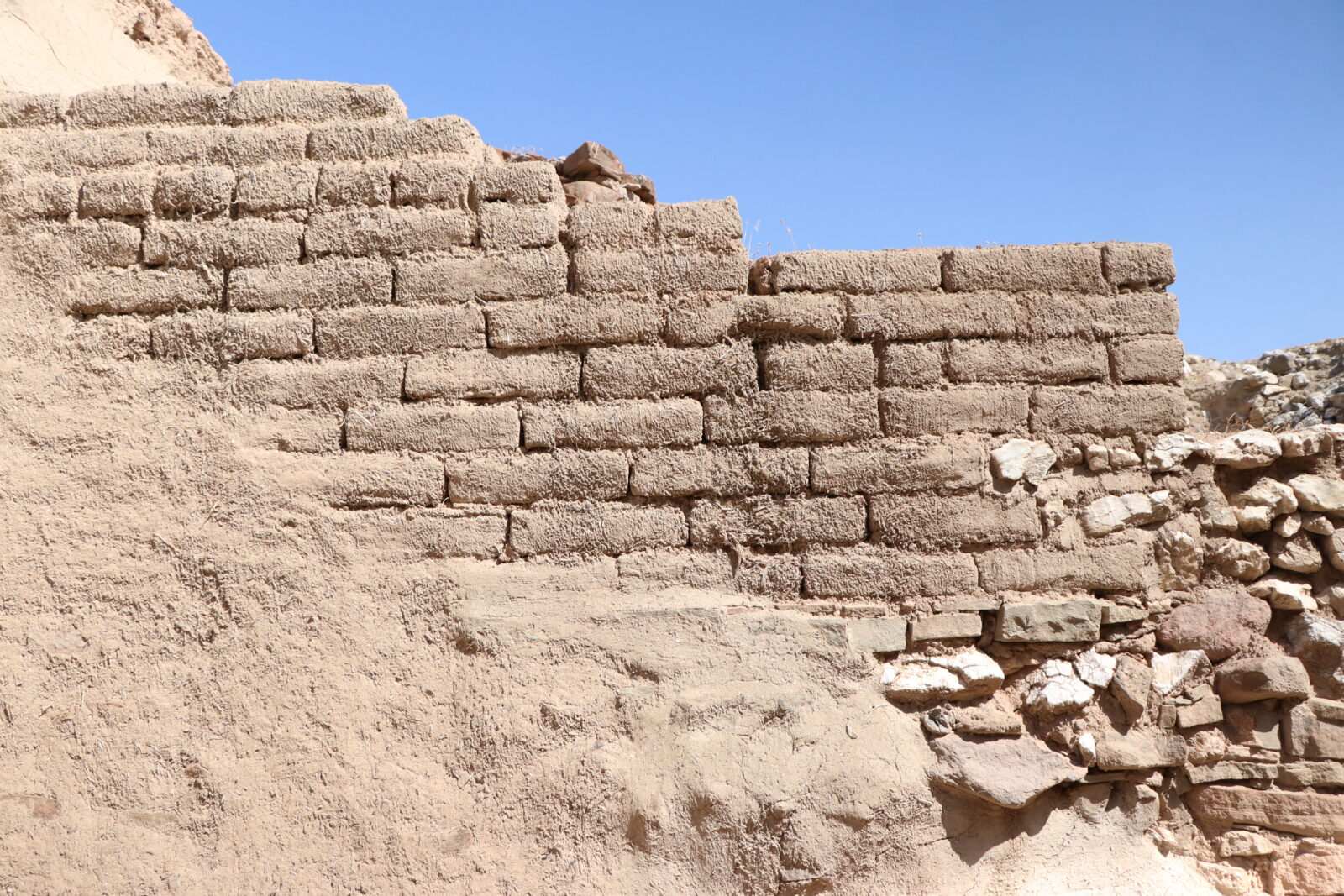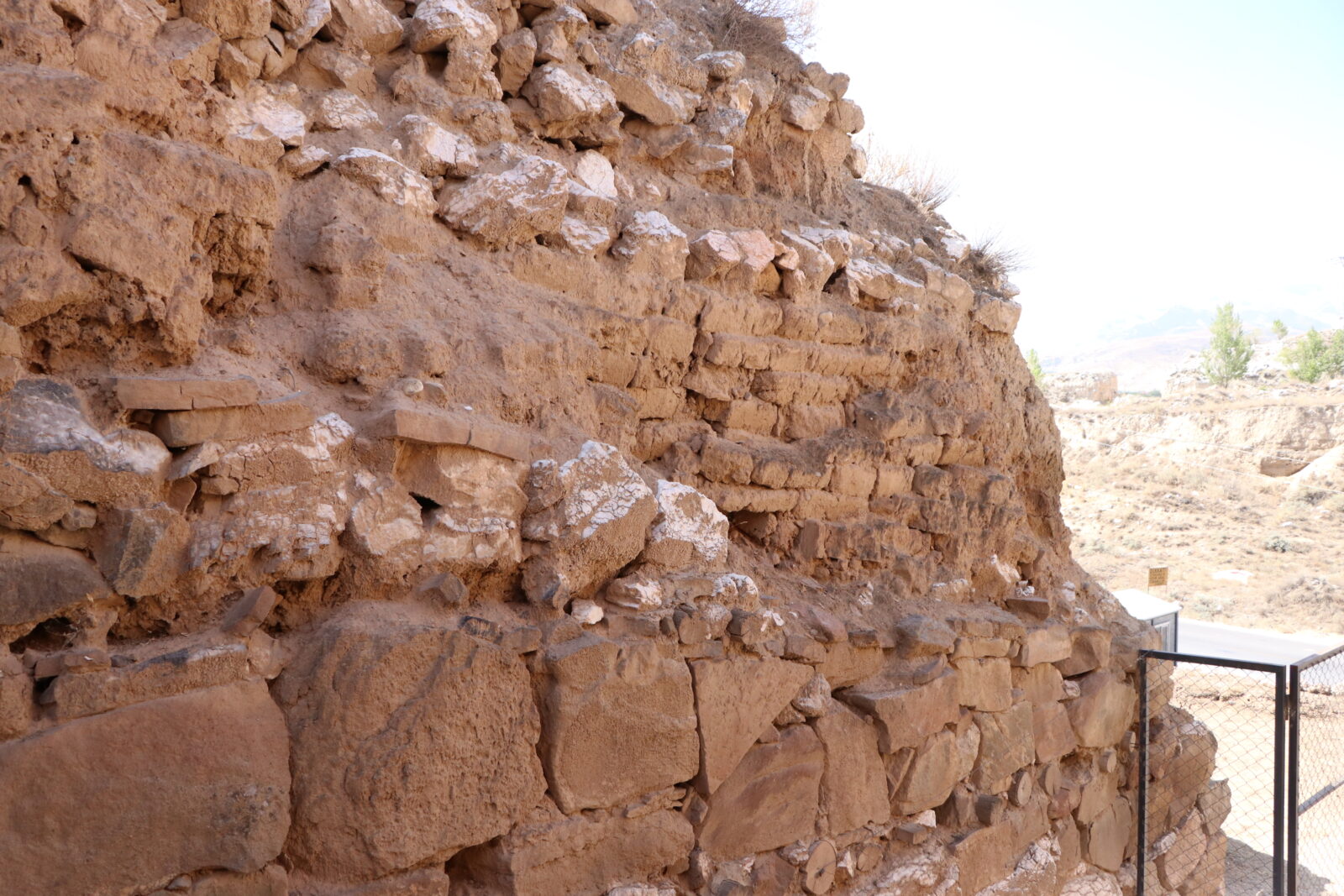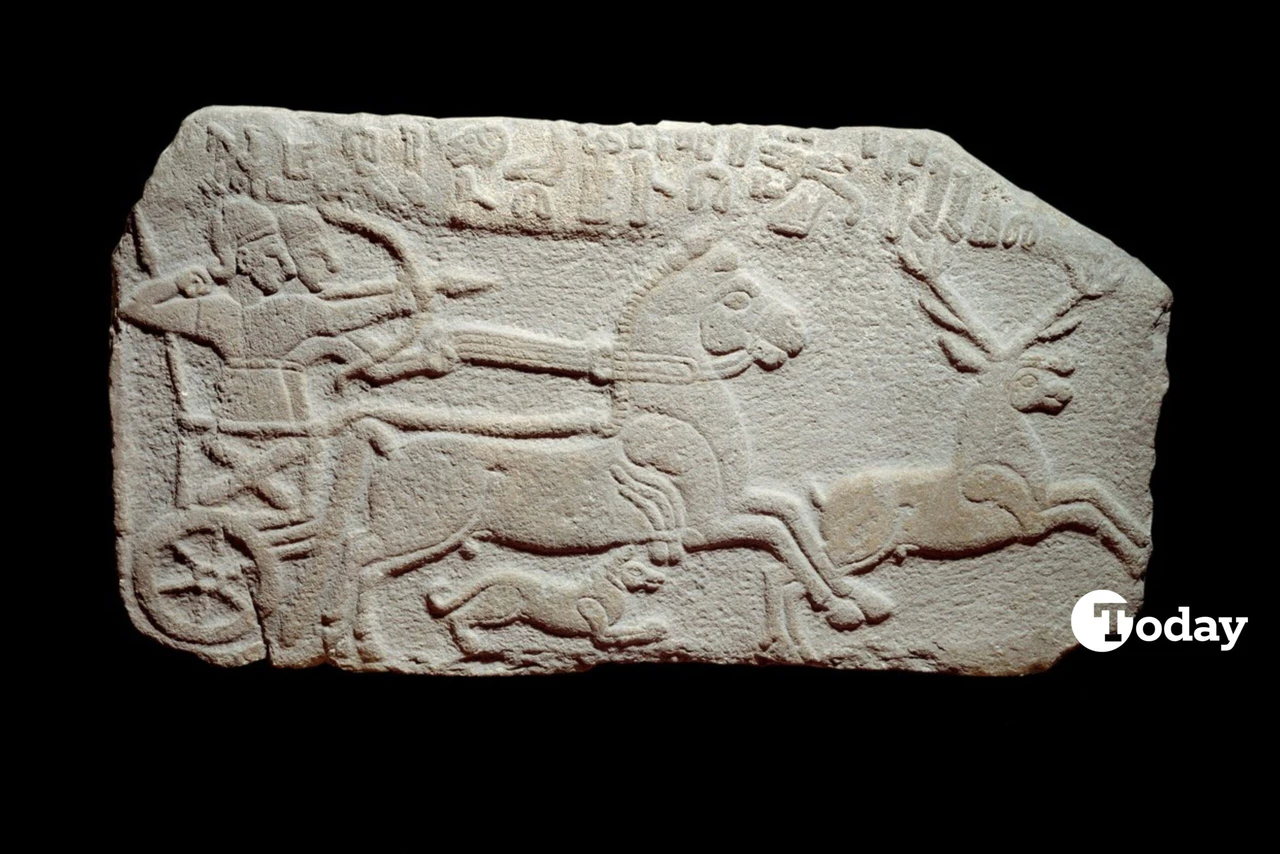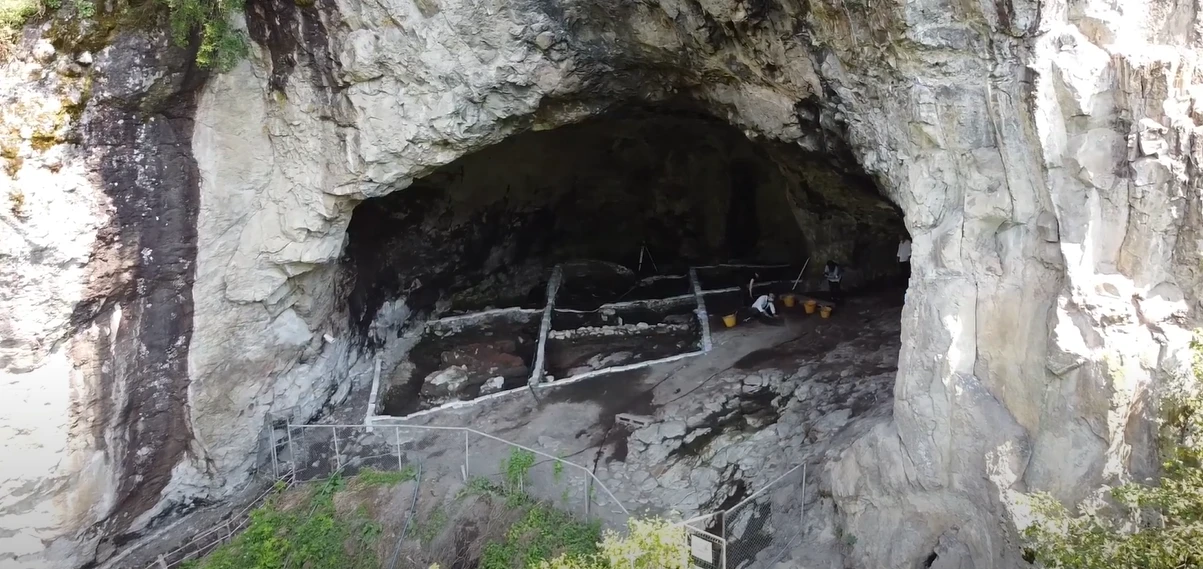Türkiye’s mudbrick structures from Hittite era fortified by ancient fires
 Hittite-era mudbrick structures at Porsuk-Zeyve Hoyuk near the village of Porsuk in the Ulukisla district of Nigde have survived fires in the 15th and 16th centuries BC, Türkiye, September 3, 2024 (AA Photo)
Hittite-era mudbrick structures at Porsuk-Zeyve Hoyuk near the village of Porsuk in the Ulukisla district of Nigde have survived fires in the 15th and 16th centuries BC, Türkiye, September 3, 2024 (AA Photo)
Mudbrick structures dating back to the Hittite period, located in Porsuk-Zeyve Hoyuk near the village of Porsuk in Nigde’s Ulukisla district, have withstood the test of time, gaining strength from fires believed to have occurred in the 15th and 16th centuries B..C.
Eric Jean, a faculty member of the Department of Archaeology at Hitit University and the head of the excavation, shared that excavations at Porsuk-Zeyve Hoyuk began in 1968, and he has been leading the efforts this year.
Highlighting the strategic importance of Porsuk-Zeyve Hoyuk due to its location on the road to the Mediterranean, Jean noted that the first settlements at the site date back to the 1600s B.C. during the Hittite period.

Jean also pointed out that the mound contains traces from the Hittite, Iron Age, Hellenistic and Roman periods.
“When you look at all the fortification walls in Porsuk, especially from the Bronze Age, i.e., the Hittite and Middle Iron Age periods, you see a significant difference. The strongest and largest fortifications belong to the Hittite era. Just like in other Hittite centers, there are stone foundations with mudbrick and wooden reinforcements on top. To ensure preservation, we are currently producing new mudbricks for restoration,” he explained.

First fire occurred in early 16th century BC
Jean mentioned that in Mesopotamia, mudbrick was often chosen due to the lack of sufficient stone for construction, while in Anatolia, both stone and mudbrick were used.
Emphasizing the durability of mudbricks from the Hittite period, especially after being exposed to fire, Jean said: “Building tall walls entirely out of stone would have been challenging. Mudbrick is more practical, easier to mold, and faster to construct. It can be placed without the need to carry tons of weight. Mudbrick is not only healthy but also incredibly strong. The fact that it has been used for millennia demonstrates its durability. However, it does require maintenance.
Typically, mudbrick walls are not left bare; they are plastered for protection. Without maintenance, mudbrick walls eventually collapse. But the Hittite mudbricks are extremely sturdy, having been exposed to fire. For archaeologists, encountering a fire is like witnessing a miracle because it turns the mudbricks into something akin to concrete. According to the latest dating, the first fire occurred in the early 16th century B.C. It’s harder to pinpoint the second fire, but it likely took place in the late 15th century or sometime during the 14th century B.C.”

The remarkable durability of the Hittite-era mudbrick structures at Porsuk-Zeyve Hoyuk highlights the advanced architectural techniques of ancient Anatolia. Strengthened by fires over 3,000 years ago, these structures offer invaluable insights into the resilience of early civilizations. As excavations continue, the site promises to reveal even more about the Hittite period and the complex history of this region, making it a significant archaeological treasure in Türkiye.



